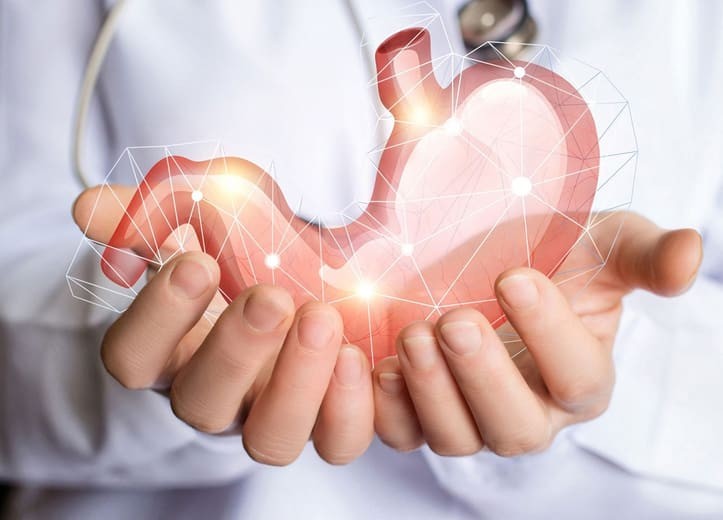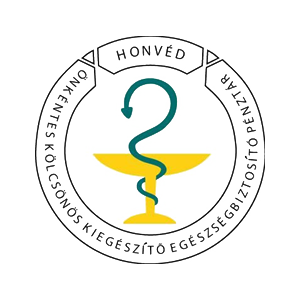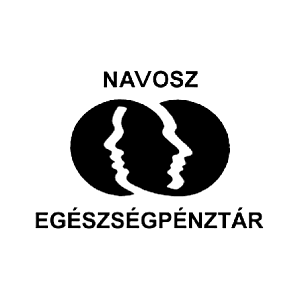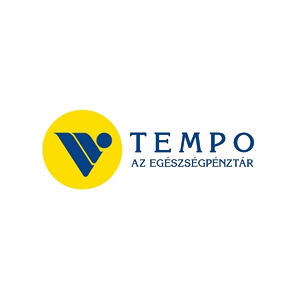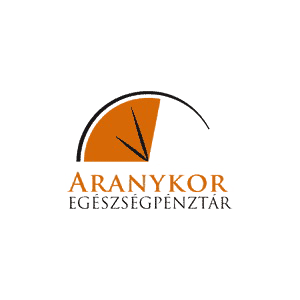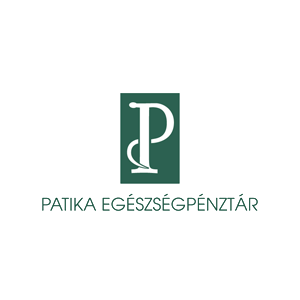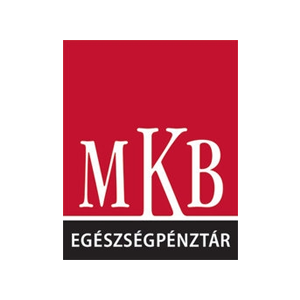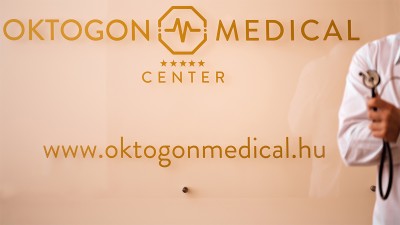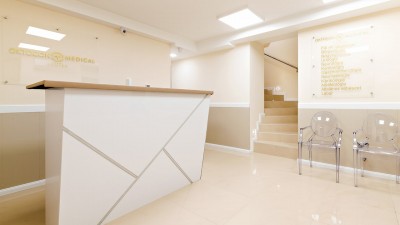Main goal of this type of examination is to diagnose different conditions of the digestive tract.
Endoscope is a flexible, tube-like instrument with a special, strong, cold-light source camera built in its tip. Images detected by the camera are transferred through a dedicated system to a real-time monitor that displays actual status of the examined region of the digestive system.
More information about gastroscopy
By introducing the endoscope through the mouth, it is possible to evaluate the mucosal lining of the oesophagus (gullet), stomach and duodenum.
With this procedure, we are able to recognize tiny, non-evident, initial-stage lesions that are not detected with other diagnostic tools (e.g. abdominal ultrasound, CT).
It means that several problems can be diagnosed even when no symptoms are present, improving the efficiency of the therapy significantly.
Such conditions may include the following:
- ulcers
- benign and malignant tumours
- disorders of blood vessels, bleedings
- erosions (gradual destruction of the mucosa)
- herniations of the mucosal lining
- strictures of different origin
- fistulas, etc.
Thanks to this procedure, chances for recovery (prognosis) are far better since the affected areas can be visually checked in a direct way and examined several times from several angles. It also allows storing and retrieving the images at any time. These photos can be magnified and contrast of the critical parts be enhanced.
Further advantage of endoscopy is the opportunity to collect samples for histological analysis, improving the certainty of the diagnosis.
Beyond diagnostics, also some particular interventions can be performed, including removal of polyps, elimination of strictures, arrest of bleeding, removal of foreign bodies stuck in the affected section, insertion of feeding tubes or weight-loss promoting gastric balloons into the stomach.
How to prepare for a gastroscopy?
The patient has to restrain from consuming any food or drink for at least 6 hours prior to the intervention. Even bubble gum and cigarettes are to be avoided; otherwise increased gastric acid production provoked by these may disturb the examination. Thirst can be reduced by rinsing the mouth with water or gargling.
At a preliminary consultation, the specialist will provide detailed information on the preparation process and how to change the patient's medication, if needed. First of all, temporary discontinuation or displacement of anticoagulant/blood thinning therapy might be considered.
Should any infection of the upper respiratory tract present on the day of gastroscopy, it may be reasonable to postpone the date of examination.
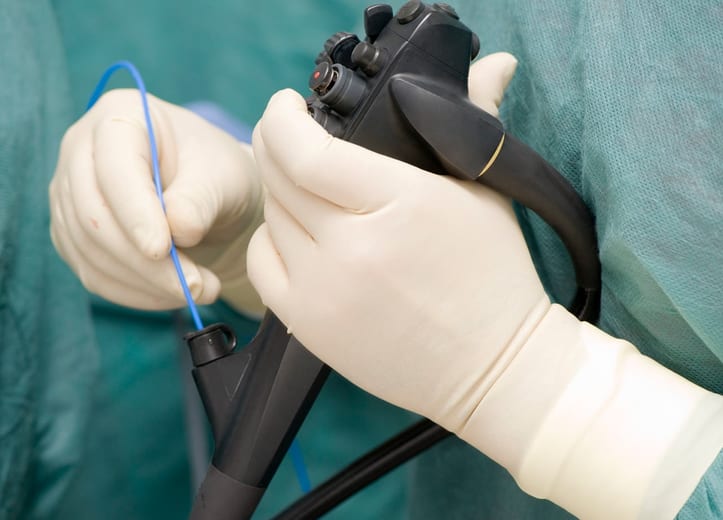
Immediately prior to the examination, the patient reads the informed consent, then, by signing it, agrees to undergo the gastroscopy. Informed consent is also signed by the doctor.
Which undesired symptoms may occur during gastroscopy?
The procedure may involve some discomfort, such as nausea, sickness, retching, abdominal pain and distension.
Appearance and extent of the above symptoms depend on several factors, including the pain tolerance of the patient; anatomic properties and possible effects of medications taken previously.
There is no need to be afraid of suffocation since the endoscope is introduced through the oesophagus (gullet) and allows free breathing through the trachea.
How can these undesired symptoms be mitigated or eliminated?
One of the most significant sources of discomfort (retching) is pharyngeal reflex. It can be attenuated with Lidocain (a local anaesthetic) in the form of an aerosol.
To relieve the pain, gastroscopy can be carried out under an intravenous sedation in patients who have strong aversions to such examinations. In these cases relaxation should be reached rather than falling asleep so that some cooperation capacity with the examining doctor is maintained. Sedation makes it easier to perform the exam for both participants.
Of course, we can also do gastroscopy under general anaesthesia if required by the patient. This service is provided by an anaesthesiologist and an anaesthesiology assistant. The patient will not remember any part of the examination, which is absolutely painless in this case.
Before introducing anaesthesia, the anaesthesiologist performs medical check of the patient. In some cases, when concomitant diseases are present, further preliminary examinations may be necessary to carry out, such as ECG, cardiology, pulmonology, lab tests). Presence of certain chronic diseases (e.g. cardiac problems) may raise the risks of general anaesthesia. Consequently, the gastroenterologist (endoscopy specialist) discusses with the anaesthesiologist if general anaesthesia can be used.
Description of the gastroscopy procedure
First step is local anaesthesia of the throat with Lidocain aerosol. The patient is lying on his/her left side. Tight clothes or belt must be loosened. Patients who wear layered clothing should take off the top layers.
Removable denture should also be removed and an anti-bite mouthpiece is used until the gastroscopy is completed.
During the procedure, instructions of the doctor and assistant must be followed.
Whole air volume inflated into the stomach should be kept there if possible. Should we fail to hold it inside, the endoscopy specialist can make it up. Filling up the stomach with air (inflation) is necessary for the success of the examination; otherwise walls of the stomach stick together.
Excess saliva produced in the mouth during gastroscopy can be left to spill out to the paper placed there in advance.
To help the doctor’s work and shorten the duration of the procedure (usually 5 to 10 minutes), try to relax and breathe slowly and calmly through the nose, holding our face downwards so that saliva can flow out.
Due to local anaesthesia made with Lidocain, for approximately half an hour after the examination you might experience swallowing difficulties, choking when consuming food or drink; therefore avoid eating or drinking in this period.
Following a gastroscopy performed under sedation or general anaesthesia, you can have a rest for a while until you are totally awake. Your relative or friend who accompanies you can be here with you, too.
On the day of examination (following sedation or general anaesthesia) you are not allowed to do any dangerous work or work at high places or drive a car; therefore you need an accompanying person who drives you home.
In case of strong abdominal pain, permanent distension, bloating or bleeding after the examination, please seek medical advice immediately.
In very rare cases, approximately 1 in 10,000 patients, complications may occur during or following gastroscopy. These may include allergic reactions to the agents used for sedation, local or general anaesthesia, or injury and/or bleeding caused by the endoscope.